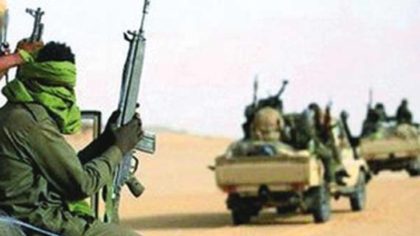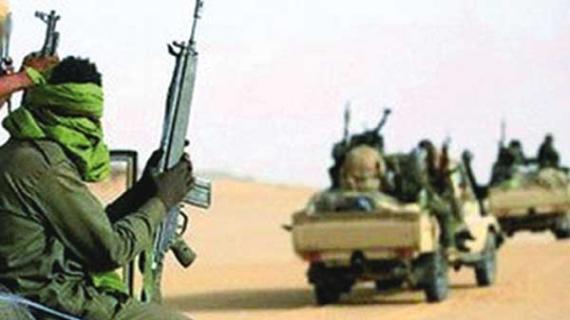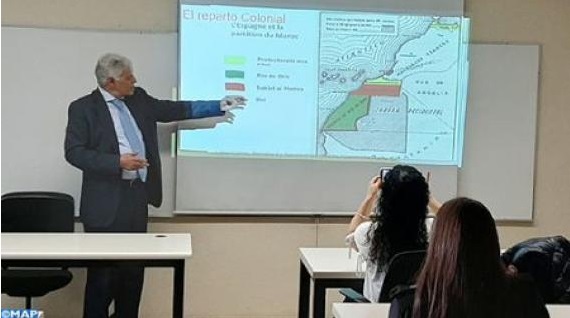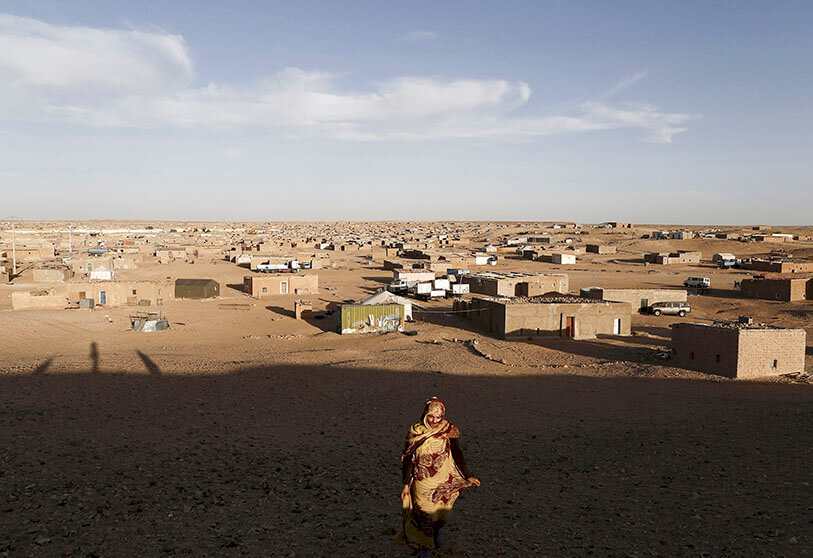 The reward of 5 million dollars offered by the US to catch a former Polisario member and IS leader in Sahel vindicates once more Morocco’s fears of Polisario-run Tindouf camps becoming a target of recruitment by terrorist groups.
The reward of 5 million dollars offered by the US to catch a former Polisario member and IS leader in Sahel vindicates once more Morocco’s fears of Polisario-run Tindouf camps becoming a target of recruitment by terrorist groups.
Adnan Abou Walid al-Sahraoui, who is wanted by the US authorities with a generous price tag, is an ex-member of the Algeria-backed polisario separatist front and current chief of ISIS in Great Sahara (ISIS-GS) that killed four Green Berets in a 2017 ambush in Niger.
His case shows the threat posed by the perpetuation of the Sahara conflict as more and more disenchanted Sahraoui youth are increasingly recruited by terrorist groups and trafficking networks offering lucrative salaries.
Recently a group of US congressmen described the Polisario as a terrorist organization in light of its connivance with Iran and Hezbollah. Morocco severed ties with Iran against the backdrop of Hezbollah’s actions in the Tindouf camps where it offered training to Polisario militias.
The inter-connection between the Polisario and terrorist networks in the Sahel was no secret. The Separatist group had ties with the MUJAO (Movement for Unity and Jihad in West Africa) and Ansar Dine (a creation of the Algerian intelligence services/DRS) based in the city of Gao, in northern Mali.
Taking advantage of porous borders and Algeria’s failure to eliminate terrorism in its south, many terrorist groups lured Polisario youth to join their ranks notably after the chaos left by the fall of Libya’s Gadhafi.
In Libya in particular, where Polisario soldiers fought alongside Gaddafi after the 2011 revolution, the Sahraoui separatists could divert large quantities of weapons and resell them, via Mauritania, to terrorist groups swarming in the Sahel-Sahara region, according to an EU funded report by Project Safte.
“The availability and circulation of weapons on the black market in the region has proliferated significantly after the fall of the Gadhafi regime and the conflicts that followed in that country,” noted Project Safte in 2018, adding that the Polisario Front has benefited from this situation and now has a “surplus of armaments”.
The Wall Street Journal has recently published an article pointing out at the risk posed by the continuation of the Sahara conflict in “creating new opportunities for Islamic State or al Qaeda to expand.”
The Polisairo adopted terrorism as a tactic targeting civilians both Moroccan and Spanish in mining sites. These attacks took place following the Green March, which marked the end of Spain’s occupation of the Sahara provinces. The completion of the security berm thwarted the hit-and-run tactics peculiar to Polisario’s guerrilla warfare.
The Canary Islands Association for Terrorism victims (Acavite) is suing the Polisario for crimes against humanity. It estimates that 300 people, mostly fishermen, were killed by the separatist militia and 50 others were injured, tortured, or kidnapped between 1970 and 1980.
On November 6, 2015, the Spanish Ministry of the Interior recognized the Canary Islands’ victims of the Polisario terrorism, in a ceremony held at the Canary Islands Government Delegation. Forty-nine victims were decorated, in an act of “memory, dignity, justice, and truth”.
In 2016, the Spanish Interior Ministry acknowledged the existence of 130 cases of victims of the Polisario. The Spanish Law grants these victims the same status as victims of terrorism.



